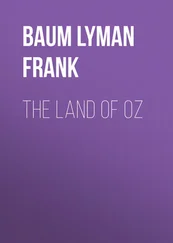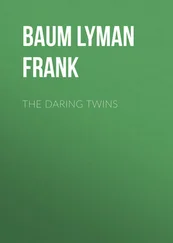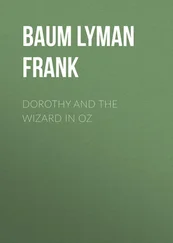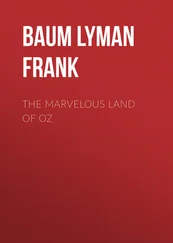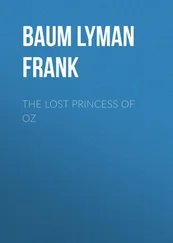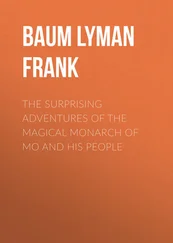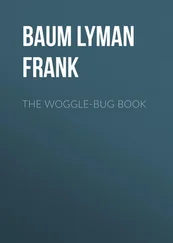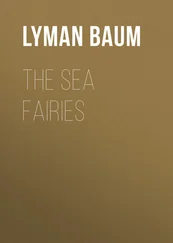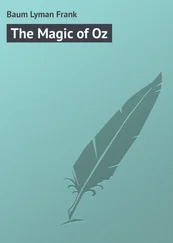Lyman Baum - The Book of the Hamburgs
Здесь есть возможность читать онлайн «Lyman Baum - The Book of the Hamburgs» — ознакомительный отрывок электронной книги совершенно бесплатно, а после прочтения отрывка купить полную версию. В некоторых случаях можно слушать аудио, скачать через торрент в формате fb2 и присутствует краткое содержание. Жанр: foreign_antique, foreign_prose, на английском языке. Описание произведения, (предисловие) а так же отзывы посетителей доступны на портале библиотеки ЛибКат.
- Название:The Book of the Hamburgs
- Автор:
- Жанр:
- Год:неизвестен
- ISBN:нет данных
- Рейтинг книги:5 / 5. Голосов: 1
-
Избранное:Добавить в избранное
- Отзывы:
-
Ваша оценка:
- 100
- 1
- 2
- 3
- 4
- 5
The Book of the Hamburgs: краткое содержание, описание и аннотация
Предлагаем к чтению аннотацию, описание, краткое содержание или предисловие (зависит от того, что написал сам автор книги «The Book of the Hamburgs»). Если вы не нашли необходимую информацию о книге — напишите в комментариях, мы постараемся отыскать её.
The Book of the Hamburgs — читать онлайн ознакомительный отрывок
Ниже представлен текст книги, разбитый по страницам. Система сохранения места последней прочитанной страницы, позволяет с удобством читать онлайн бесплатно книгу «The Book of the Hamburgs», без необходимости каждый раз заново искать на чём Вы остановились. Поставьте закладку, и сможете в любой момент перейти на страницу, на которой закончили чтение.
Интервал:
Закладка:
The Black Hamburgs lay the largest eggs of any variety of this breed, while in numbers they fully equal the Spangled and Penciled. They are therefore much sought after by those who wish to obtain eggs for the market as well as for the table, and are perhaps the most popular variety of Hamburgs.
Plumage. – This is the most important point in the Black Hamburg, though it has been much neglected by American breeders. It should be exceedingly soft, the feathers having a feeling as of satin to the hand, and a deep but distinct and beautiful gloss or tinge. Much weight should be given to this in both sexes, although it can be cultivated to a greater extent in the female than in the male. This green gloss should not appear on the end of the feathers only, but throughout the entire plumage — the greener and richer the color the better . To be seen to advantage this beautiful gloss should be viewed in a strong light or when the sun is upon the bird. You then see that sheen in which they surpass all other black fowls. The color required is the green black; the purple, bluish or raven black so often seen is very undesirable, and should be avoided. These colors are so distinct that there is no liability to mistake the true shade. Some strains are of a deep blue green, almost a steel blue; these have green tails. Other strains are of a lighter green; these have bronze green tails. The purer the green and the less admixture of any other tinge the better. Never breed from birds which seem to be penciled with bluish purple. It is often caused by a late and protracted moult, and may appear in birds which as chicks had the green tinge in all its perfection; but more often it is hereditary. Lancashire fanciers called this mazarine, and it appeared principally on backs of hens or flights of cocks. As we have mentioned, this glossy tinge is not so uniform on the male as the female birds, and this is seemingly in direct opposition to the usual decrees of Nature, which seems to have ordained that the male part of creation be more brilliant than the opposite gender. We are pleased to observe, however, a marked improvement in the plumage of cocks of late years, and hope to see the time when the male bird will show this characteristic as fully as the female.
In Black Hamburg cocks the breast, back, shoulders and tail should be a rich green, the wing-coverts exceedingly brilliant and the outer web of the secondaries ( i. e. , the whole of the lower part of the closed wing) almost as bright; the lesser tail-coverts are also very rich in color.
Tegetmeier speaks of spangling being visible in Black Hamburgs when seen in the sunlight. The birds he examined must have been decidedly poor ones, or perhaps it was his misfortune to see those birds compounded of Golden-Spangled Hamburgs and Spanish which we have spoken of. Such cross-bred birds will show the iridescent green spangle Mr. Tegetmeier has spoken of, but which we have never been able to discern on good birds of a pure strain.
Occasionally rich red or orange colored feathers will crop out in Black Hamburg cockerels – very seldom in pullets. These red feathers come from what we suppose was pheasant blood at some remote period introduced into these birds, or perhaps a part of their original make-up, and do not by any means prove the existence of impure blood. It is the result of our strenuous efforts to keep up and improve the greenish luster, and invariably comes from highly colored birds. These birds are sometimes of great use to breeders, and enable us to obtain finely colored birds by mating them with dead-black pullets.
But while we may tolerate an occasional showing of red feathers (which only appear in the hackle, as in the Golden Pheasant), we must be very severe on birds showing those of another color – namely, white feathers. There seems to be a natural tendency to show the white feathers in all black fowls, and this evil has been so stubborn to eradicate that Mr. Felch, at a meeting of the American Poultry Association, offered a resolution to allow white tips to appear in exhibition birds. The many evils which would thus arise from lowering our ideal Standard for this magnificent variety were so obvious that the members of that Association promptly rejected the resolution at a later meeting in Cleveland, Ohio. We know not whether most to blame the futile efforts of Mr. Felch to accommodate the variety to the wants of a few incompetent breeders, or to applaud the wisdom of our brethren of the A. P. A. in “squelching” such innovations. They surely have the thanks of all honest breeders of Black Hamburgs, which can be bred black as well as any other variety of black fowls, if we only have patience and honestly strive to eradicate this serious fault, which, if allowed, would work to the disadvantage of all.
Comb. – There is no style of comb so difficult to breed to perfection as the rose comb, and the excellent combs shown on Black and Spangled Hamburgs at our recent shows prove how much can be accomplished by judicious breeding. To our eye it is beautiful and elegant, and forms one of the chief attractions of the Hamburg. It should be a deep, rich red; not so large as to overhang the eyes or beak; square in front; fitting close and straight on the head; not inclining to one side; not hollow in the center – on the contrary, we prefer a slight rise in the center, although an even comb throughout is better. It should be uniform on each side; the top covered with small points, and terminating in a spike behind, which inclines upward very slightly. The absence of this spike is a grave defect, which if a natural blemish disqualifies a bird by the American Standard of Excellence
Конец ознакомительного фрагмента.
Текст предоставлен ООО «ЛитРес».
Прочитайте эту книгу целиком, купив полную легальную версию на ЛитРес.
Безопасно оплатить книгу можно банковской картой Visa, MasterCard, Maestro, со счета мобильного телефона, с платежного терминала, в салоне МТС или Связной, через PayPal, WebMoney, Яндекс.Деньги, QIWI Кошелек, бонусными картами или другим удобным Вам способом.
Интервал:
Закладка:
Похожие книги на «The Book of the Hamburgs»
Представляем Вашему вниманию похожие книги на «The Book of the Hamburgs» списком для выбора. Мы отобрали схожую по названию и смыслу литературу в надежде предоставить читателям больше вариантов отыскать новые, интересные, ещё непрочитанные произведения.
Обсуждение, отзывы о книге «The Book of the Hamburgs» и просто собственные мнения читателей. Оставьте ваши комментарии, напишите, что Вы думаете о произведении, его смысле или главных героях. Укажите что конкретно понравилось, а что нет, и почему Вы так считаете.

